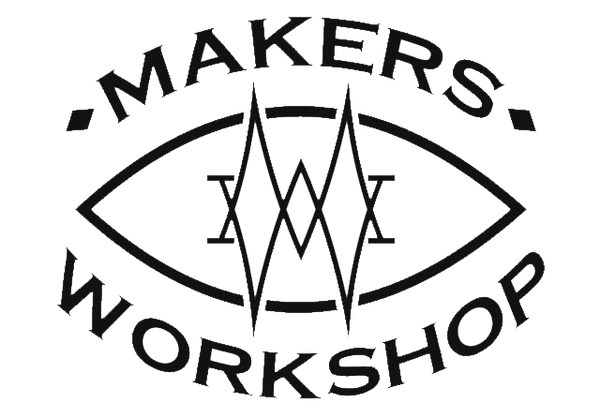Welding is a fascinating skill that allows you to join metals together to create strong and durable structures. Whether you're a DIY enthusiast or considering a career in welding, it's important to start with the right knowledge and techniques. In this blog post, we will share 10 essential tips for first-time welders to help you get started on the right foot.
1. Safety First: Protect Yourself
Before you start welding, make sure you have the proper safety equipment. Wear a welding helmet, safety glasses, gloves, and a flame-resistant jacket. Protecting yourself from sparks, UV radiation, and heat is crucial for a safe welding experience.
2. Choose the Right Welding Machine
Invest in a good quality welding machine that suits your needs. Consider factors such as the type of welding you'll be doing, the thickness of the metals you'll be working with, and your budget. Research different models and consult with experts to make an informed decision.
3. Prepare Your Workspace
Set up a clean and well-ventilated workspace for welding. Remove any flammable materials and ensure there is enough space to move around comfortably. Keep a fire extinguisher nearby and have a clear understanding of emergency procedures.
4. Practice Proper Welding Techniques
Mastering proper welding techniques is essential for achieving strong and reliable welds. Practice maintaining a steady hand, controlling the speed and angle of the weld, and creating consistent bead patterns. Take your time to develop these skills before moving on to more complex projects.
5. Clean and Prepare the Metal
Before welding, clean the metal surfaces thoroughly to remove any dirt, rust, or paint. Use a wire brush or grinder to create clean and shiny surfaces for better weld penetration. Properly preparing the metal will result in stronger and more durable welds.
6. Choose the Right Welding Technique
There are various welding techniques available, such as MIG, TIG, and stick welding. Each technique has its own advantages and applications. Research and understand the different techniques to choose the one that best suits your project and skill level.
7. Monitor Welding Parameters
Pay close attention to welding parameters such as voltage, amperage, and wire speed. These settings can greatly affect the quality of your welds. Refer to the welding machine's manual and make adjustments as necessary to achieve optimal results.
8. Practice Welding Positions
Welding can be done in various positions, including flat, horizontal, vertical, and overhead. Practice welding in different positions to become comfortable and proficient in each one. This will expand your capabilities and make you a versatile welder.
9. Inspect and Test Your Welds
After completing a weld, inspect it for any defects or imperfections. Use visual inspection, dye penetrant testing, or radiographic testing to ensure the quality of your welds. Regularly testing and inspecting your welds will help you identify areas for improvement.
10. Seek Guidance and Learn from Experts
Never stop learning in the world of welding. Seek guidance from experienced welders, join welding communities, and attend workshops or classes. Learning from experts will not only enhance your skills but also expose you to new techniques and industry best practices.
By following these 10 essential tips, you'll be well on your way to becoming a skilled welder. Remember, practice makes perfect, so don't be discouraged by initial challenges. Embrace the learning process and enjoy the rewarding art of welding!

